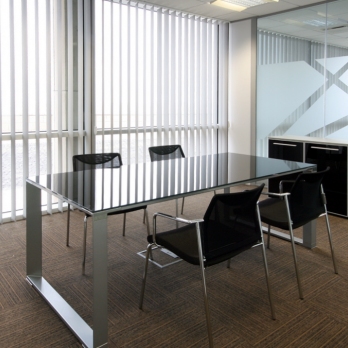One of many options attracting increased attention is the “turnover rent”. This article looks at what a turnover rent is, and some of its advantages and disadvantages.
What is a rent?
The concept of rent is familiar to anyone who has ever occupied a rental property, but what is its actual nature?
Times have moved on and modern definitions generally refer to rent as a sum of money paid, periodically, in return for occupation of land. The nature and valuation of that rent can take several forms.
What is a rack-rent?
A rack-rent typically represents the open market value of the holding at the time it is let (though it can sometimes mean the maximum amount permitted by law).
Open-market value is typically assessed by expert valuation surveyors by reference to a host of factors, including comparable lettings in the area as well as wider “macro-economic” factors.
As market value is assessed at the date of letting, any downturn in the economy beyond the tenant’s control will often not lead to any adjustment in the rent. Many rent-review provisions are upwards only, and tenants argue there is little provision for a fair adjustment to worsening economic conditions. For this reason, tenants are beginning to consider alternatives to rack-rents in the current lockdown.
What is a turnover rent?
A turnover rent is a form of variable rent which is calculated by reference to the turnover of the tenant’s business in a specified period.
The turnover is usually calculated by reference to the gross turnover on an annual basis (as more regular periods become an administrative headache). Gross turnover will typically include all sales figures.
That sum is often payable in addition to a fixed “base” rent payable to the landlord. The expectation is that this base rent will be less than full open-market value, to account for additional turnover rent payments, but will provide a landlord with a minimum guaranteed sum in the event of a tenant’s business underperforming.
Calculation of turnover rent
The parties are free to agree whatever calculation method they deem fit, but it is common for a specific calculation method to be included in order to fix the additional turnover rent amount.
One option is that the tenant’s gross turnover figure is multiplied by a fixed percentage figure. If that calculation equals a figure which exceeds the base rent, that excess amount is payable as turnover rent.
Advantages & Disadvantages
Many tenants argue a turnover rent is a fairer structure which properly takes into account the success of its business. The imposition of a base rent guarantees the landlord a fair profit while the turnover element takes into account any economic ups and downs.
Dissenters may argue that a tenant business is like any other in a free market economy, and should be allowed to succeed or fail without the landlord being prevented from receiving full market-value for the demise. That market value may take into account the length of the lease and is agreed by commercial parties at arms length.
There are, of course, alternative provisions which can be included which directly address major unforeseen events such as a pandemic – force majeure clauses being an obvious example.
The administrative burden of a turnover rent is also greater than a fixed rack-rent and may more easily lead to valuation disputes arising from sales figures, insufficient documentation or poorly drafted valuation clauses in the lease.
It might also be unclear what happens if the tenant willingly closes its doors for an extended period – a properly drafted lease will address these scenarios and provide an element of certainty.
Conclusion
The attractiveness of a turnover rent will differ greatly from business to business. Turnover rents necessitate a greater degree of cooperation between landlord and tenant and the need to review sales figures which a tenant may not be comfortable with disclosing. A turnover rent is clearly not right for everyone, but is a useful option to consider in negotiations and can be a sensible compromise for both parties, when coupled with a fair base rent.
The only certainty is that economic uncertainty will prevail for some time. The commercial property sector will, in many cases, be looking at inventive or fresh approaches which enable both landlord and tenant to operate profitably. Turnover rents are one of a host of options designed to help achieve that goal, and commercial landlords should begin considering what their position might be in response to turnover rent proposals.





